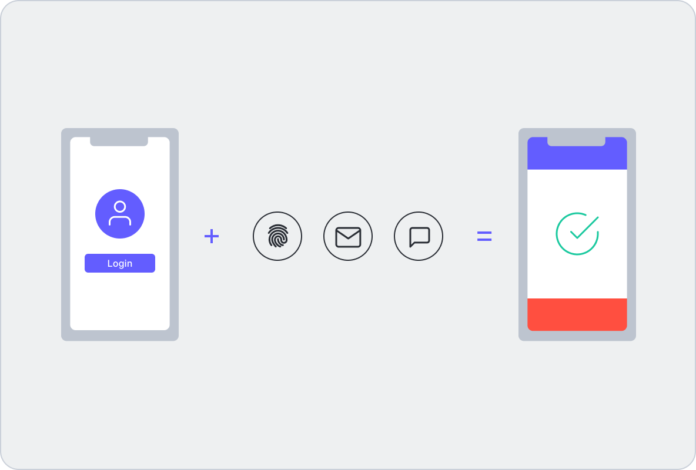Organizations of all sizes are putting an increased emphasis on balancing cybersecurity with employee convenience and productivity. These are especially relevant priorities as many employees are perhaps permanently working from home or remotely.
One term to be aware of within this larger balancing act is passwordless authentication. Passwordless authentication is typically used along with multi-factor authentication and single sign-on as a way to improve the user experience and security while simultaneously reducing IT expenses and operational complexity.
What’s the Problem with Passwords?
Password fatigue is a very real and growing problem. Your employees may be bogged down by passwords, and your IT team is likely similarly inundated with tickets from end-users who need help resetting their passwords.
Passwords are extremely valuable to cybercriminals, however. Once they obtain one, they have the keys to a treasure trove of information, which can include your company’s sensitive information as well as your customer data.
Around 61% of breaches involve credential data, according to Verizon’s 2021 Data Breach Investigations Report.
Digital workers have numerous applications they need to perform their jobs at any given time, meaning constantly changing and vast numbers of passwords. When faced with password sprawl, employees are more likely to take shortcuts like using the same password repeatedly.
Attackers can guess or steal credentials through different types of methods, including brute force, phishing, man-in-the-middle, and keylogging attacks.
When they do so, it’s easy for them to mount devastating cyberattacks.
How Does Passwordless Authentication Help?
Passwordless authentication, as the name implies, is a way to verify identities without the use of a password. Instead of a password, users will authenticate with convenient but also safer factors such as secure tokens.
Facial recognition or the use of fingerprints is one way of implementing authentication without passwords.
Your employees, when you rely on passwordless authentication, don’t have to remember potentially hundreds of passwords. Not only is this strengthening your cybersecurity and reducing password fatigue and misuse, but it’s also going to help your employees be more productive.
When there are no longer passwords that can be stolen, a cybercriminal can’t use techniques like credential stuffing.
Passwordless authentication also works in line with Zero Trust policies. When you have passwordless authentication along with a Zero Trust policy, you have high specific access control. You’re also reducing the overhead expenses that come with making sure employees are changing passwords every few weeks or months as outlined by your policies.
Authentication without passwords is sometimes also known as modern authentication. Specialized mobile apps, security keys, and biometrics can all be solutions to deliver modern authentication without the need for passwords.
A passwordless approach can be used for hybrid, cloud, legacy, and on-premises apps.
How Does It Work?
The overarching goal with passwordless authentication tends to be less interaction on the part of the user during the login process than what we traditionally see.
So, how do you log into something without a password?
There’s a term that becomes relevant—a knowledge factor or something you know.
In order for it to be a secure solution, the knowledge factor has to be hard to either replicate or steal.
There’s a possession factor, which is something you own or have. A possession factor might be your phone or an RSA key, which is a digital signature. It’s hard for someone to hack these things.
You might also receive a push notification on an authenticator app.
There are biometric factors which are also called inherence factors. These are things that are unique and intrinsic to you. For example, an iris scan or facial recognition are biometric or inherence factors.
How Do You Use Passwordless Authentication?
While there are a lot of benefits of authentication with no password, it’s not always simple to put into practice. Your employees use an enormous number of applications. Every application requiring a password means you’ll need a new form of authentication with a biometric or possession factor.
What you can do to make it more manageable is to break it into phases.
The first step is centralized authentication. In this step, you’re consolidating the logins to various applications with something like single sign-on.
From there, you might enforce multi-factor authentication (MFA), which ensures that someone trying to authenticate must verify with multiple factors. MFA is like a precursor to password authentication because there’s still a stored password, but users get used to the verification factors they might be expected to use in passwordless authentication.
From there, another phase in the process could be implementing a FIDO login structure that you can scale across the organization. You can gather feedback along the way when you take a step-by-step approach.





